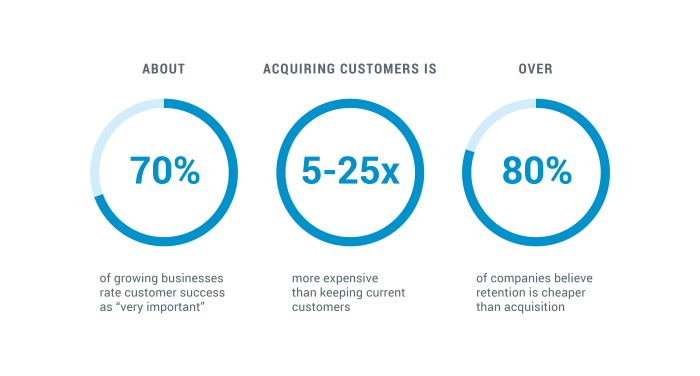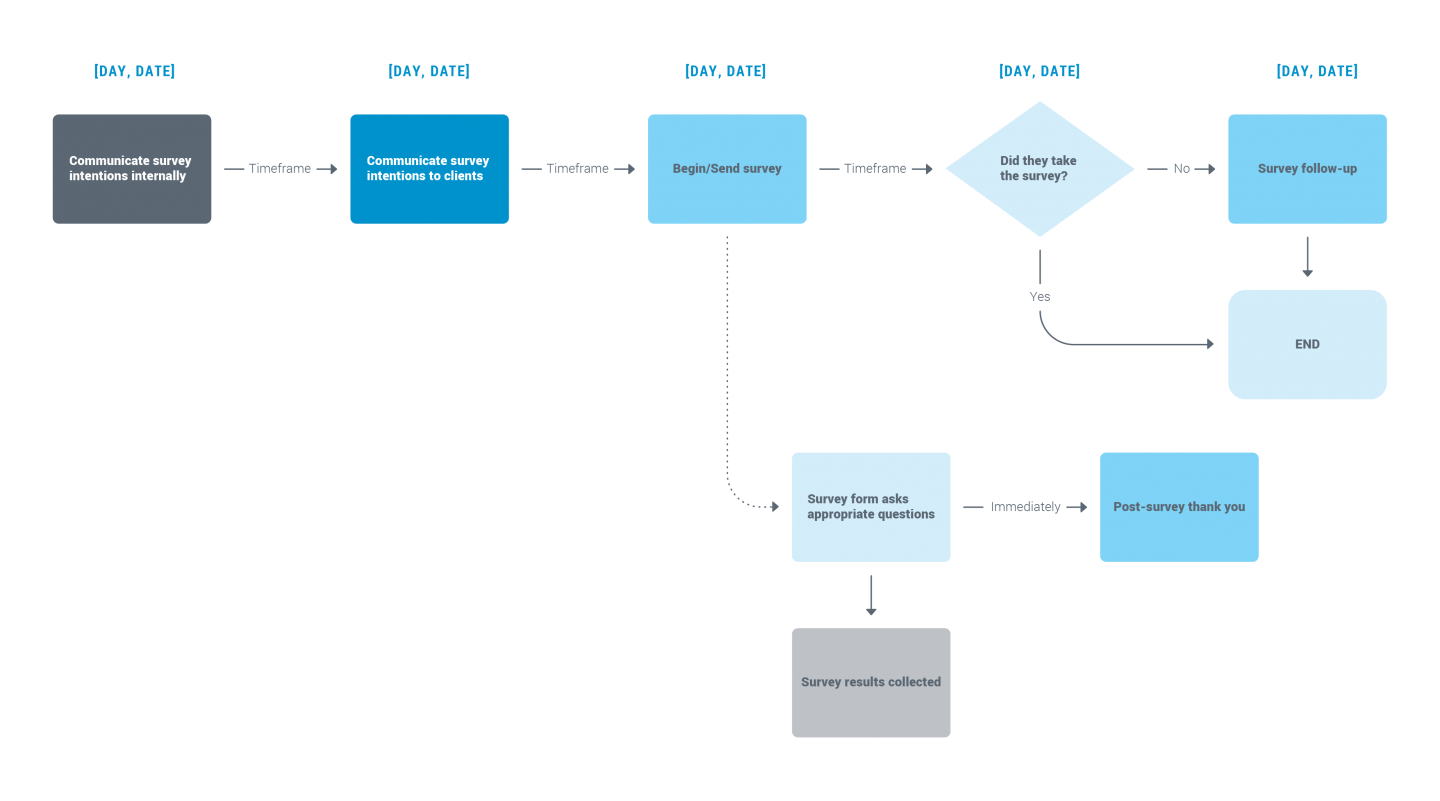Your customers are everything to your business. After all, your organization wouldn’t exist without them. Keeping them happy and coming back for more is what keeps the lights on.
So, are they happy? Do you really know what they think of you and your services?
Considering that acquiring new customers is 5-25% more expensive than keeping current customers, it’s certainly worth knowing the answer to those questions.

Source: Hubspot, 2021
Asking customers for honest feedback may seem intrusive, bothersome, or even uncomfortable, but it’s worth it. The insights you glean will only make your organization better.
Why client feedback matters
This past year, ddm conducted a client satisfaction survey. A big thank you to our clients who participated!
The feedback has been instrumental in helping us understand how we can better serve our clients. It provided us with clarity, insight, and constructive next steps.
There are countless ways customer feedback can benefit your business.
- Confirm value to clients
- Identify gaps in service
- Glean insight into high-performing teams
- Gather client testimonials
- Uncover opportunities to deepen client relationships
- Retain clients
Implementing a client satisfaction strategy
Before you start asking questions and soliciting feedback, have a plan. We developed a client satisfaction survey strategy to align everyone involved.
Start with why + what
Most importantly, have a clear understanding of why you’re seeking feedback and what you hope to learn as a result. The goal of our client survey was to measure how we were performing in three areas:
- Communication
- Quality
- Loyalty
If your organization has core values, consider measuring whether the company aligns with those. Maybe you already know an area where your organization can improve—consider asking customers pointed questions about that area.
Map your process + data
For us, it was important to outline a process and structure that was repeatable. We didn’t want to reinvent the wheel the next time we conducted a survey.
Our strategy detailed when the survey should take place, the people involved and their roles, how the survey would be sent, and who it would be sent to.
Just as important as how you implement your customer survey is where the data goes. Each time a client filled out our survey, the results automatically populated in a dashboard. Respondents’ results were also mapped to their record in our CRM HubSpot.
To visually represent the process and flow of data, we created a workflow using Whimsical.
The more automated you make the process, the less manual work your team will have to do. Automation also ensures data is captured immediately and accurately.
Develop questionnaire + launch
One of the easiest ways to gather customer feedback is by emailing them a link to take a survey. Programs like HubSpot and Survey Monkey make it easy to build and customize surveys.
Our survey included six questions. It was short, sweet, and targeted. If your customers are overwhelmed with the length of the survey, they’re less likely to complete it. Ask only the most essential questions.
Beyond the typical multiple choice and yes/no questions, give your customers the option to type in open-ended responses. We found this to be the most valuable element of our survey. It provided deeper insights and personal thoughts from our clients.
Finally, it’s launch time! Send the email, make the phone calls, or schedule the focus groups. If you’re not automating the process with a digital survey, be sure to ask each customer the same questions and record their answers in a consistent way.
Additional considerations
There are some common pitfalls that can potentially derail your best laid survey plans. Address them ahead of time, and you’ll avoid headaches later.
Survey deliverability
Depending on your customers’ email security and privacy settings, delivering a survey by email could be challenging. If you think there’s a chance your email could end up in the junk folder or get blocked, give your customer a heads up that it’s coming. Then follow up and make sure they received it.
Survey timing
The time of year is an important consideration when conducting a customer satisfaction survey. Pick a time of year when your customers are likely to be working and not on vacation. If there’s a busy time of year for your customers’ industry, avoid sending during that time.
List quality
Before sending out your survey, make sure your customer list is up to date and accurate. Make sure everyone listed is actually a current customer. Check email addresses for errors or typos.
This process could take time, so do this alongside the development of your survey strategy.
Share the results
As the results start pouring in, take note of which customers have yet to respond. Follow up with customers to remind them to take the survey, but don’t pester them.
Because our process was automated through Hubspot, we saw results populate live in a dashboard. Make sure your results are collected in one place that all necessary stakeholders can access.
Once all data is collected, share it. Don’t keep it hidden, even if it’s discouraging. Remember, you’re doing this because you want to be informed and want to improve.
Here are some ways you can share survey results:
- Detail results on the company intranet
- Create and present a PowerPoint
- Create and share a PDF report
- Walk through results in small groups
- Communicate results at an all-company meeting
Follow-ups + thank yous matter
Don’t forget to thank customers who participated. They took the time, honestly responded, and respected your efforts. Let them know you appreciate it.
If a customer indicated they wanted a follow-up conversation, schedule that as soon as possible. Don’t wait.
If survey results indicated areas for improvement, make plans to address them. As you’re putting those plans in place, let impacted customers know. It shows them you listened and responded.
Don’t make your first survey your last
With the results of your survey in hand, you can now answer the question “Are my customers happy?” Even if some customers are unhappy, you’re now armed with the data necessary to make impactful changes.
You also now have a baseline to measure against when you conduct your survey again. Which you should absolutely do. Track changes year-over-year to reveal where your organization is improving.
In the end, if your customers are 100% satisfied, it becomes a selling point. That’s when customer retention leads to customer acquisition.
LET US HELP
We can help you retain customers and grow your business by developing and implementing a customer satisfaction strategy for you.

